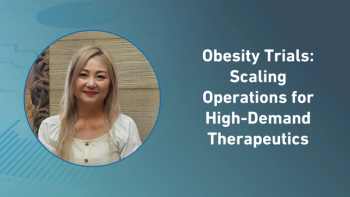
European Medicines Agency and US Food and Drug Administration Release Further Guidance on Quality-by-Design Approach
The European Medicines Agency (EMA) and the United States Food and Drug AdministrationExternal link icon (US FDA) have published a second joint question-and-answer document that provides guidance on the quality-by-design concept.
The European Medicines Agency (EMA) and the
Quality-by-design is a science and risk-based approach to pharmaceutical development and manufacturing. It involves designing and developing pharmaceutical formulations and manufacturing processes to help ensure product quality; these concepts are described in the international guidelines ICH Q8, Q9, Q10 and Q11.
The document published today focuses on ‘design space verification’, a demonstration that the combination of the process parameters and material attributes established at pilot scale during pharmaceutical development are capable of delivering a product of appropriate quality on a commercial scale.
In March 2011, the EMA and US FDA launched a three-year pilot program for the parallel assessment of certain quality or chemistry manufacturing and control (CMC) sections of applications that are relevant to quality-by-design. With the agreement of the applicants, experts from the
The objective of the parallel assessment is to share knowledge, facilitate a consistent implementation of the international guidelines on the implementation of the quality-by-design concept and promote the availability of medicines of consistent quality throughout the European Union (EU) and the USA.
The question-and-answer document published today reflects the conclusions reached by the EU and US regulators on the specific topic of design space verification as part of their parallel assessment.
The EMA and the US FDA will publish further conclusions on other quality-by-design-related topics as the pilot program continues and more parallel assessments are conducted.
The pilot program is open to selected procedures, including applications for initial marketing authorizations, type-II variations and scientific advice. Participation in the pilot is voluntary. Interested applicants and sponsors should notify both agencies three months prior to submission of an application.
Newsletter
Stay current in clinical research with Applied Clinical Trials, providing expert insights, regulatory updates, and practical strategies for successful clinical trial design and execution.





.png)



.png)



.png)
.png)
